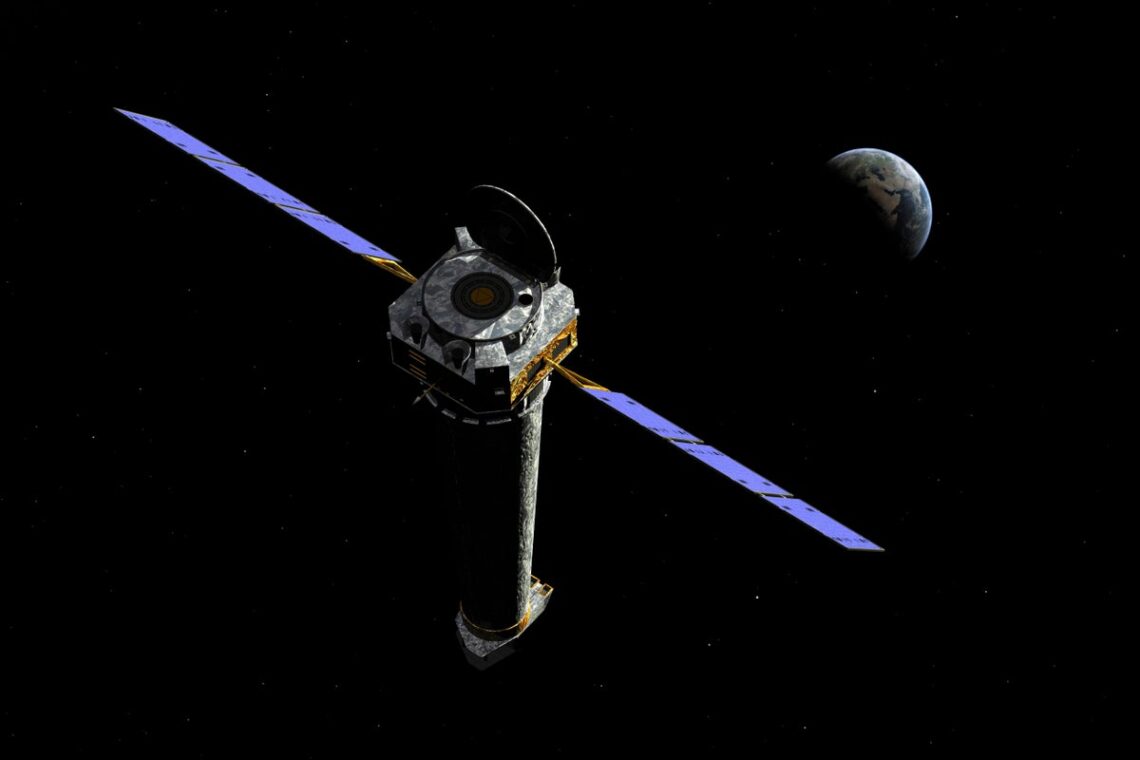November 15, 2024
4 min read
Ending NASA’s Chandra Will Cut Us Out of the High-Resolution X-Ray Universe
The Chandra X-ray Observatory is facing closure. Shutting it down would be a loss to science as a whole
NASA’s Chandra X-ray Observatory as it may appear at about 50,000 miles from the Earth, nearly twice as high as Earth-orbiting geosynchronous satellites.
Walter Myers/Stocktrek Images Inc. Alamy Stock Photo
The Chandra X-ray Observatory is the darling of high-energy astrophysics. Famed for providing unequaled x-ray views of voracious supermassive black holes, exploding massive stars and even dark matter-infused collisions between galaxy clusters, the spacecraft probes the biggest mysteries in astrophysics.
But 25 years after seeing its first light, Chandra’s future is up in the air.
In March NASA slashed Chandra’s budget from $68 million in 2024 to $41 million in 2025 and $26 million a year later. According to the Chandra X-ray Center, which operates the telescope, this only allows for mission closeout. In the months since, a series of events—including an intense publicity campaign and a show of congressional support—has kept Chandra funded through September 2025. But for this year’s Senior Review, which evaluates NASA’s missions, the Chandra X-ray Center has been told to stay within the proposed budget numbers—that is, to plan how the spacecraft will shut down.
This is a mistake. Chandra should remain operational until it encounters a critical failure or is replaced by a comparable mission. Chandra is the only high angular resolution x-ray telescope in space, and there is no mission with similar capabilities scheduled to replace it until 2032 at the earliest.
One could ask: What new discoveries can Chandra make that it hasn’t made over the past 25 years? And that’s a good question. But our observational capabilities have changed greatly since Chandra was launched, and therefore so has its potential for making discoveries that…
Read the full article here

